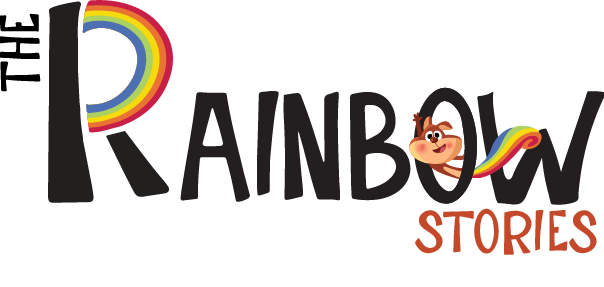A compelling cover is your book’s first—and often only—chance to grab attention, especially in the crowded self‑publishing market. These unique book cover design ideas offer fresh, creative ways to design a book cover that not only looks polished but speaks volumes about your story and genre. From minimalist book cover layouts to bold typography and artful illustrations, each concept is rooted in a thoughtful design process. Whether you’re sketching ideas yourself or collaborating with a designer, these standout strategies for cover designs will captivate your audience and support your book’s success. Let’s explore the most effective book cover design approaches tailored for indie authors.
Why Cover Design Matters
Readers judge books by their covers—a polished, professional Book Cover design builds trust instantly. Great cover designs clearly signal genre and tone at a glance. Before diving into specific ideas, understand that the design process starts with research into your genre’s visual language.
Fundamental Design Principles
Every book cover design begins with balance, clear typography, and a focal image to stand out on a thumbnail. Whether you’re designing yourself or hiring help, aiming for minimalism with purpose often works best. Also consider color psychology to match emotion to theme.
Minimalist Covers with a Twist
Sometimes less is more. A simple layout with bold title treatment can let your message shine. Use negative space creatively, splash in unexpected colors, and keep subtitles and author names clean. These book cover design ideas make a minimalist yet memorable impression.
Abstract & Geometric Art
Abstract patterns and geometric shapes can add intrigue while keeping things readable. These books cover ideas designed well for literary works or nonfiction that benefit from thought-provoking visuals. The design process here involves layering shapes and textures for depth.
Hand‑Drawn Illustrations & Personalized Art
Illustrations bring charm, personality, and originality. Hand‑drawn typography woven into art adds intimacy—and helps design a book cover that feels handcrafted. Many self‑publishers use Canva or Affinity Photo to combine custom artwork and fonts.
Typography‑Centric Designs
Make your title the art. Bold, oversized fonts with minimal background visuals can pop. This approach uses typography as the focal point of cover designs, ideal for memoirs or motivational nonfiction. Pay attention to font pairing in your design process.
Double‑Exposure & Negative Space
Overlay two images or use smart masking to create visual metaphors. Double‑exposure techniques convey layered meaning and depth. Negative space can hide symbols or silhouettes, making these some of the most creative book cover design ideas.
Bring Your Children’s Story to Life with Unique Book Cover Design
Partner with talented Children Book illustrators who specialize in creating unique lovable book cover design, characters and enchanting scenes for picture books and early readers.
Botanical & Organic Motifs
Floral frames, leaf silhouettes, or nature textures are perfect for romance, wellness, or eco‑nonfiction. These subtle cover designs feel approachable and fresh. When you design a book cover this way, ensure readability and color contrast.
Moody, Dark‑Tone Covers
Dark backgrounds and dramatic lighting work well for thrillers, horror, or noir fiction. This book covers ideas design with bold palette choices—deep blues, grays, blacks—with striking typography or imagery. Use caution with readability in small preview versions.
DIY Tools & Resources
You can bring all these book cover ideas design to life using tools like Canva, Adobe Express, Photoshop, Gimp, or Inkscape. These platforms are ideal for experimenting with templates, free assets, and custom layouts until your vision feels right.
Choosing the Right Approach
Align your cover with genre norms while staying unique. For example, romance covers trend toward illustrated, vector styles these days, while thrillers lean moody or abstract. Understand your audience through market research, then design a book cover that fits—and surprises.
Testing & Iteration
Create multiple mockups and test variations. Use community polls, A/B tests via PickFu, or feedback groups to choose between finalists. Incorporate reader critiques into your design process before finalizing files for print and eBook formats.
Preparing for Publication
Once you select the best concept, finalize image resolution, check for bleed, spine layout, and thumbnail clarity. Supply cover files in the correct formats (PDF for print, JPG/PNG for eBook), optimized for platforms like Kindle Direct Publishing or IngramSpark. This phase wraps your book cover design ideas into a finished product.
Conclusion
Creating an effective book cover is a strategic blend of art, marketing, and thoughtful design. A compelling cover not only sparks immediate interest but also clearly communicates your book’s genre, tone, and core promise—essential in the crowded self‑publishing landscape. Whether you choose to design it yourself or collaborate with a professional, prioritize clarity, readability, and alignment with genre expectations. Use your book cover design ideas to convey a strong first impression, and refine through testing and feedback. In the end, At The Rainbow Stories polished, intentional cover becomes your silent salesperson—captivating readers and boosting your book’s discoverability and sales potential.

